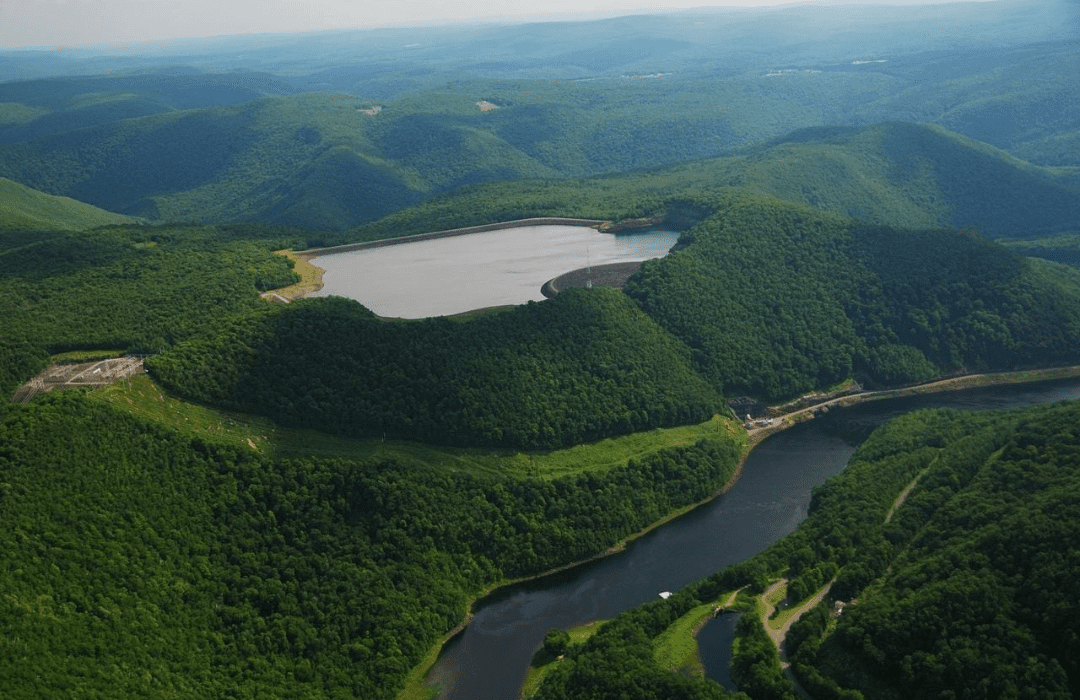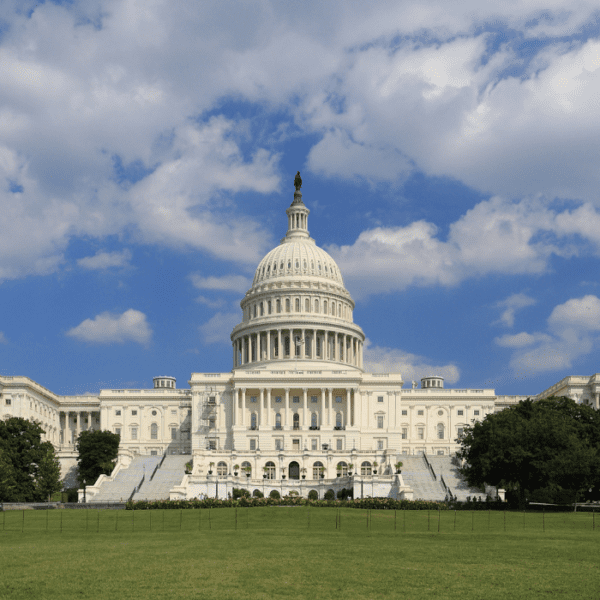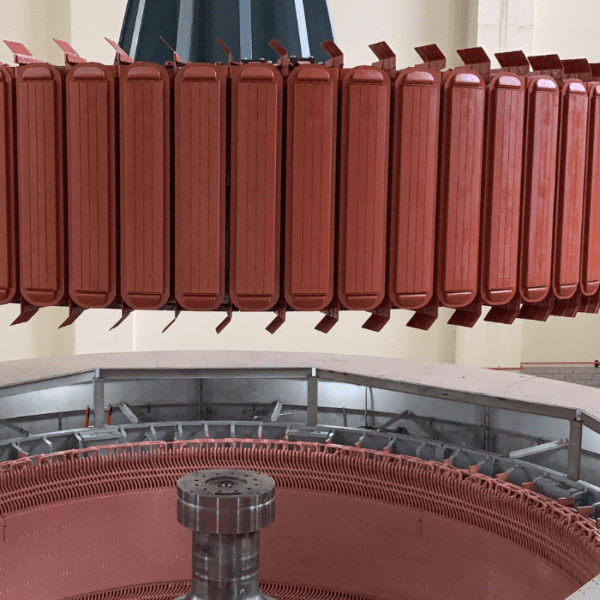The Inflation Reduction Act (IRA), which passed in August, represents the United States’ most significant climate legislation to date. While much attention has been paid to how the IRA will shape the electricity landscape, part of that conversation, which has seen a fervor of activity in recent weeks, pertains to long duration energy storage; specifically, the production of batteries and the development of pumped storage hydropower.
With the extension of an Investment Tax Credit to cover energy storage projects, pumped storage hydropower, which offers integral support to other renewables via large-scale energy storage, has both the ability and opportunity to help the world achieve a carbon-zero future.
SENATORS HIGHLIGHT THE NECESSITY OF PUMPED STORAGE
The development of pumped storage hydropower has become the focal point of critical conversations on both a domestic and global scale. Late last week, on September 22, 2022, the “Full Committee Hearing on Opportunities and Challenges in Deploying Innovative Battery and Non-Battery Technologies for Energy Storage” was conducted by the Senate Committee on Energy and Natural Resources.
In the hearing, the need for pumped storage hydropower and battery development was discussed, and Senator John Barrasso (R – WY) had this to say:
“Wind and solar are weather dependent technologies. We are going to continue to add these technologies to the grid, and energy storage is going to be critical for maintaining electric reliability. It will require more affordable and longer duration storage technologies than we have right now. The only currently available long duration storage is pumped storage hydropower.”
By investing in long duration energy storage, the United States is establishing a path forward to support renewables, achieve carbon-zero, and enable a clean energy future. Yet, the development of pumped storage and battery storage is not a “one or the other” argument; the world needs both.
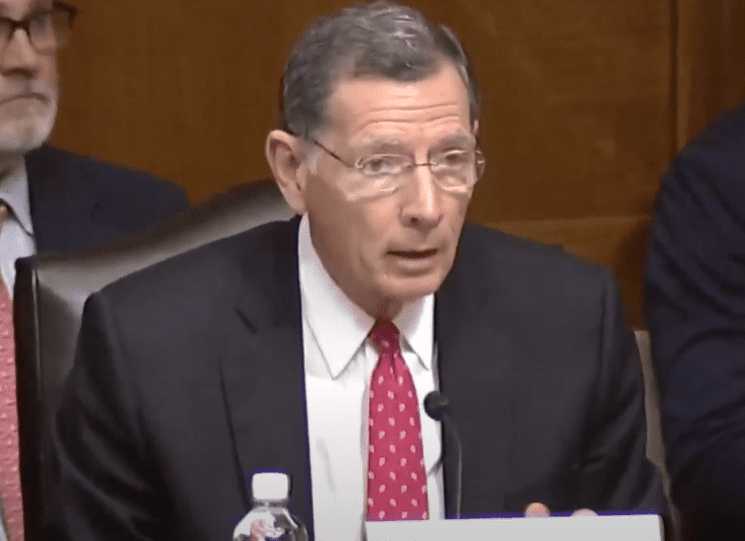
Senator John Barrasso (R – WY) discusses long duration storage
WHY PUMPED STORAGE DEVELOPMENT IS CRITICAL
The Inflation Reduction Act’s expansion of tax credits represents a boon for pumped storage hydropower. As pumped storage is the only proven long duration storage technology, and as long duration storage is becoming more and more important, if the world wants to move to a truly 24/7 carbon-free energy system, then more solar, wind, waterpower, and energy storage technologies, including pumped storage, must be constructed and our existing hydropower should be preserved.
The development of additional renewables must also occur alongside the displacement of coal and oil resources, as well as natural gas generation, which has been built up over the last two decades.
To understand the impact of gas and coal, it’s important to look at 2019 when gas represented 38% of electricity generation and coal represented 23%. When those numbers are compared to 2005, the outsized reliance on coal and gas are more striking, with coal making up 50% of electricity generation while gas represented 19%. Although this drop in coal and gas reliance has allowed for the lowering of emissions by 32%, the United States still has a long way to go, but the Inflation Reduction Act will help.
With gas generation, the significant reliability benefits it provides are not easily replaced, as gas generation provides not only dispatchable energy and reserves but all the ancillary services that allow for modern electric system to function. Currently, a mixture of solar, wind, and lithium-ion batteries are not able to displace the full value proposition of gas generation, but pumped storage hydropower offers that capability.
The National Hydropower Association (NHA) recently participated in a workshop hosted by World Resources Institute with the focus of “How to procure a 24-7 carbon free portfolio of energy,” and Peninsula Clean Energy provided an overview of their goals.
Below is a heat map of Peninsula Clean Energy’s carbon intensity in 2020. As one can see, during the winter months – December through March – the Community Choice Aggregator still requires carbon emitting resources to serve its load. Long duration storage and pumped storage hydro, as well as marine energy, can help alleviate these off-peak, winter, and shoulder season periods when the renewable fleet can’t serve its load.

Image credit: Peninsula Clean Energy (2022), Our Path to 24/7 Renewable Energy by 2025
THE PUMPED STORAGE CONVERSATION
Integral to the implementation of pumped storage is the educational component of spreading awareness. While the waterpower industry understands pumped storage hydropower’s value, the greater global community is re-discovering its potential.
With the recent “Full Committee Hearing on Opportunities and Challenges in Deploying Innovative Battery and Non-Battery Technologies for Energy Storage,” conducted by the Senate Committee on Energy and Natural Resources, pumped storage hydropower was discussed alongside battery production as a means of providing long duration storage capacity for the increase in renewables.
Discussed in the hearing were the challenges facing pumped storage hydropower development. Key among them is the permitting process, which is notoriously laborious, complicated, and lengthy.
Senator Angus King (Independent – Maine) addressed this topic, “In order to get to a clean energy future, we have to rationalize and correct the deficiencies in the permitting or we’ll never get there because we’re going to need to permit transmission, [and] we are going to need to permit pumped storage projects.”
Tim Hemstreet, who is the managing director for renewable energy development at PacifiCorp, served as a witness during the hearing. Hemstreet’s testimony highlighted not only the critical nature of pumped storage development and investments, but Hemstreet also discussed the value PacifiCorp sees in the energy storage technology, including insight into PacifiCorp’s current investment in pumped storage. In response to the need for permitting reform, Hemstreet had this to say:
“The need for improvements to the FERC licensing process is acknowledged by a diverse number of parties with varying interests in licensing decisions. Recently, the representatives of the hydropower industry, Native American Tribes, and environmental stakeholders have agreed upon consensus recommendations to Congress around a package of reforms to the Federal Power Act. These recommendations have come out of a series of discussions among these stakeholders known as the Uncommon Dialogue.”
Hemstreet then explained in greater detail how the reforms would help:
“The reforms would improve the licensing process and result in more timely, less costly, and more scientifically defensible licensing decisions while also expanding the ability of Native American Tribes to represent their interests in licensing proceedings impacting Tribal lands. Significantly, these reforms would provide for a three-year licensing process for certain pumped storage projects. This is important to ensure pumped storage projects can be ready to meet the identified need for storage as our energy resource mix continues to evolve.”
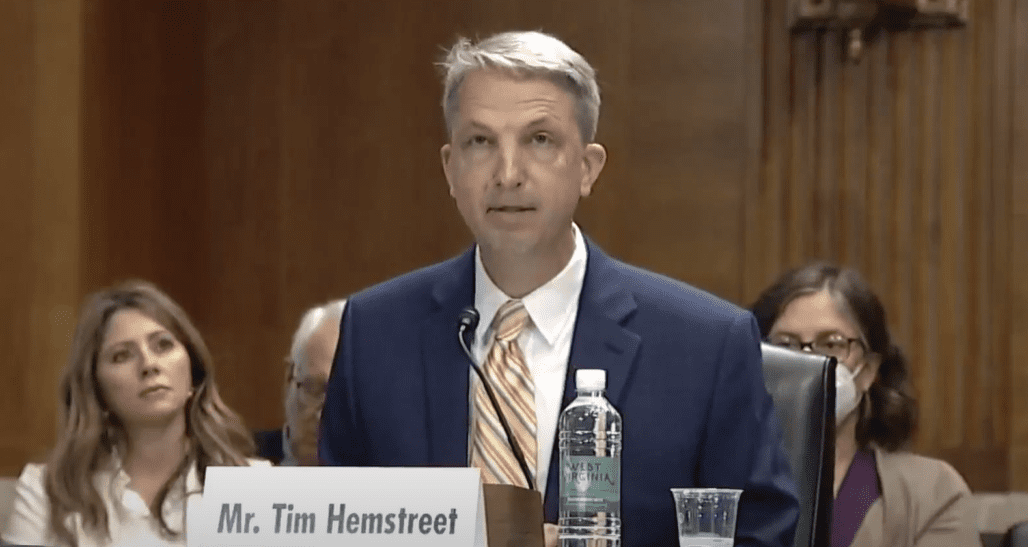
Tim Hemstreet, managing director for renewable energy development at PacifiCorp, serves as a witness during the hearing
In addition to the Senate hearing, the Global Clean Energy Action Forum, which took place in Pittsburgh, Pennsylvania, last week from September 21-23, featured a session about pumped storage. The session “Pumped Hydropower Meets the Long Duration Energy Storage Wave” was focused on understanding the role of long duration energy storage as it relates to the clean energy transformation. Attendees learned from global experts, including Malcolm Turnbull, the former Prime Minister of Australia, and Malcolm Woolf, CEO of NHA, about the “real-world, global impact of long duration energy storage” and the role it plays in decarbonization.
In what amounts to a huge week for pumped storage, Oak Ridge National Laboratory participated in the first of three events conducted by the U.S. Department of Energy Office of Clean Energy Demonstrations. The event was part of the “Clean Energy Demonstration Program on Current and Former Mine Land,” which is a program related to the $500 million funding opportunity for demonstrating the economic and technical viability of conducting clean energy projects on current and former mine lands across the United States.
THE NEED FOR PUMPED STORAGE
With an unprecedented amount of momentum behind it, pumped storage hydropower is becoming an integral component of the long duration storage dialogue. Through the utilization of the Investment Tax Credits created by the Inflation Reduction Act, long duration storage is well-positioned to experience significant developmental growth while bolstering other renewables.
In a world where providing clean, dispatchable energy grows more pressing by the day, the reduction in development costs for pumped storage hydropower enable this critical need.



